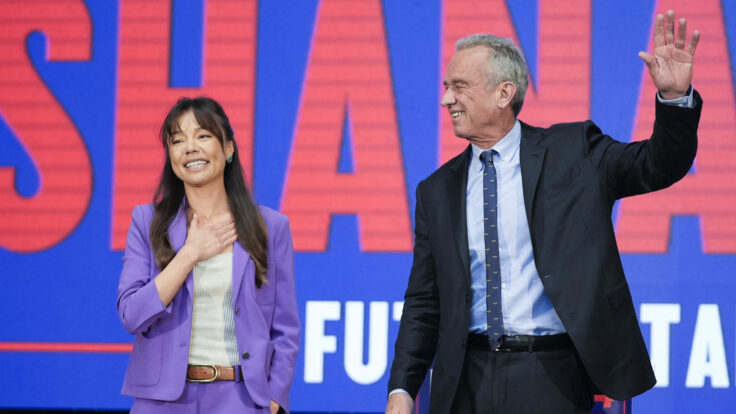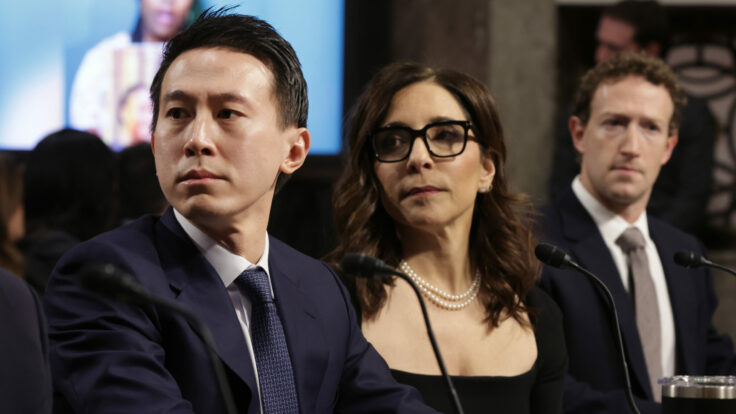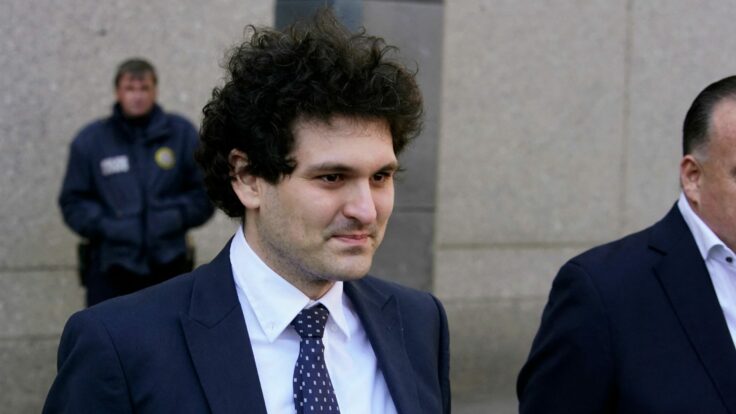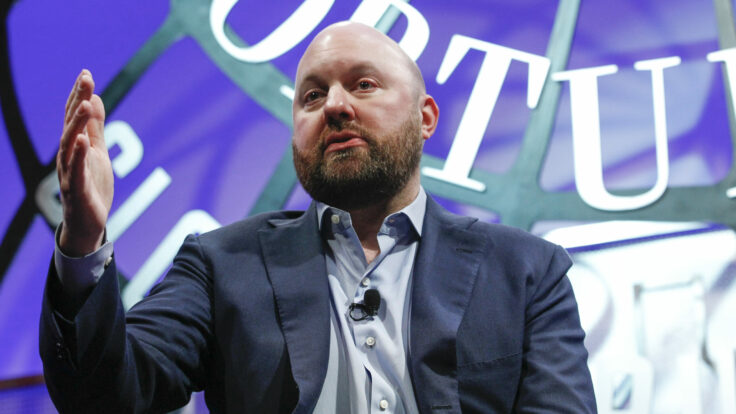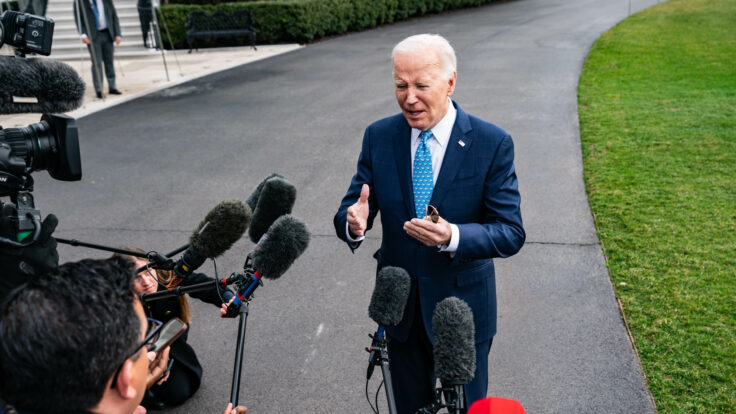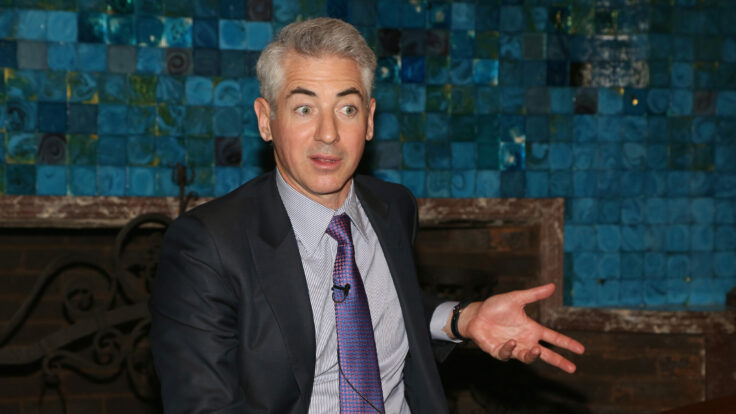As soon as Elon Musk’s $44 billion, very public conquest of Twitter began, I pined for a very particular moment in the battle. It was the moment, of course, when I could get my hands on Twitter’s 235-page proxy statement, filed with the S.E.C., which would provide the rarest and most intimate view of what it was like to be in the eye of the Elon hurricane, all in the clear and artful prose of white shoe attorneys. Absent a chatty banker or lawyer (an increasingly rare commodity these days), it’s probably the most we’re going to learn, in the short-term anyway, about what happened.
The fun starts on page 41, in the “Background of the Merger” section, with what you might call the quiet and calm anatomy of a quasi-hostile takeover. We know from Elon’s filings with the S.E.C. that he began acquiring his 73.5 million share position in Twitter starting at the end of January and finished up toward the end of March. Once assembled, on March 26, Elon called up his buddy Jack Dorsey, one of the Twitter co-founders who has just exited the Twitter board. Elon and Jack discussed the “future direction of social media, including the benefits of open social protocols.” That same day, Elon also called Egon Durban, one of the co-heads of Silver Lake Partners, a powerful Silicon Valley buyout firm and also a Twitter director. When they spoke, Elon and Egon discussed the possibility of Elon joining the Twitter board “as well as the fact that Mr. Musk had purchased a significant stake” of more than 5 percent in Twitter. Oh, that.







